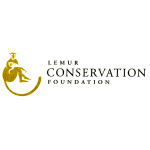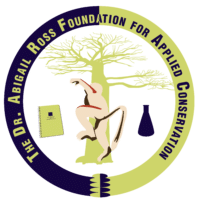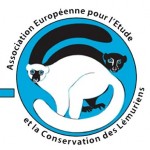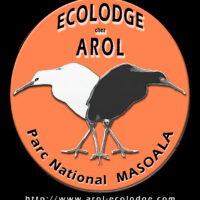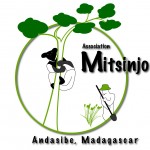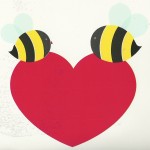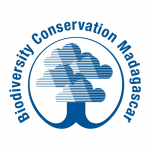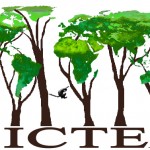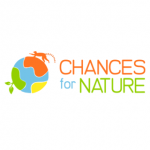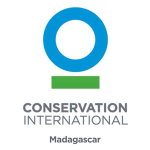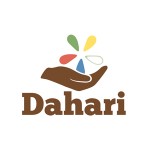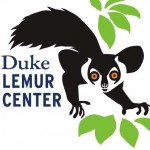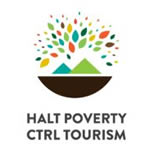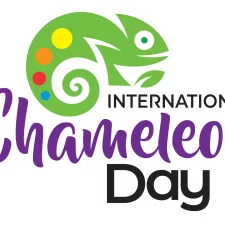Narrow conservation organizations and research groups by lemur species, what they do, and where they work in Madagascar.
- Lemurs they support
- Conservation work
- Community support
- Location
-
Lemur Conservation Foundation
Supporting Member of LCNThe Lemur Conservation Foundation is part of the Species Survival Plan through managed breeding at their reserve in Florida. In Madagascar, they support education programs and a tourist and research camp in Anjanaharibe-Sud Special Reserve, home to silky sifakas and indri.
-
The Dr. Abigail Ross Foundation for Applied Conservation (TDARFAC)
Supporting Member of LCNTDARFAC’s mission is to solve critical conservation problems by cultivating new approaches with innovative techniques and applications through the support of community-led initiatives. We focus on building capacity, amplifying voices, and partnering with local communities.
-
Wildlife Madagascar
Supporting Member of LCNWildlife Madagascar seeks to address Madagascar’s biodiversity crisis by integrating wildlife conservation programs with community development. They conduct scientific studies, provide habitat protection, and partner with local communities in training, resource use, and enterprise to create lasting and sustainable change.
-
AEECL
AEECL conducts community-based conservation in the Sahamalaza Peninsula in northwest Madagascar, including fire prevention, education, reforestation, and capacity building for ecotourism.
-
Arol Ecolodge
We develop sustainable tourism and run an ecolodge near Masoala National Park, where we support the community school and conduct reforestation to support northern bamboo lemurs.
-
Association Mitsinjo
Association Mitsinjo was created in 1999 by the residents of Andasibe village, and manages the forest station at Analamazoatra Special Reserve.
-
Association Tantelygasy
Association Tantelygasy supports the protection and reforestation of the forest of central Madagascar near Ambositra. Their innovative programming includes eco-tourism, beekeeping, and promoting the development of local handicrafts.
-
Biodiversity Conservation Madagascar
Biodiversity Conservation Madagascar (BCM) is the conservation arm of Bioculture Ltd. They manage two forests on behalf of the Malagasy government through Conservation Leases: a lowland rainforest in Sahafina and the Beanka dry deciduous forest in Maintirano.
-
Centre ValBio & the Institute for the Conservation of Tropical Environments
ICTE and Centre ValBio focus the world’s attention on Madagascar’s lemur crisis through targeted research, conservation, and capacity building. Their research station at the edge of Ranomafana National Park enables long term research and collaboration with the local community.
-
Chances for Nature
Chances for Nature works with local communities to sustain natural resources through outreach, education and capacity building in small villages in rural Madagascar.
-
Conservation International
Conservation International has been working in Madagascar since 1980. Their work includes biodiversity protection, environmental policy, scientific research, grant-giving, publication and community programs, and has impacted over 30 lemur species.
-
Dahari
Dahari is the only Lemur Conservation Network member doing lemur conservation in the Comoros, a small nation just north of Madagascar and the only place where lemurs can be found naturally outside of Madagascar.
-
Duke Lemur Center
The Duke Lemur Center (DLC) advances science through interdisciplinary research on lemurs at its living laboratory in North Carolina. The DLC SAVA Conservation project conducts conservation through environmental education, community development, and research in northeast Madagascar.
-
Eden Reforestation Projects
Eden Reforestation Projects has 46 project sites in Madagascar, employing over 3,400 people and planting over 77 million trees. They began with mangrove reforestation in 2007, and grew to include dry deciduous forests in 2012 and highland forests in 2020.
-
Halt Poverty Madagascar
Halt Poverty Madagascar empowers the people of Madagascar through sustainable development focused on eco-tourism, including locally managed eco-clubs and tour guide training.

